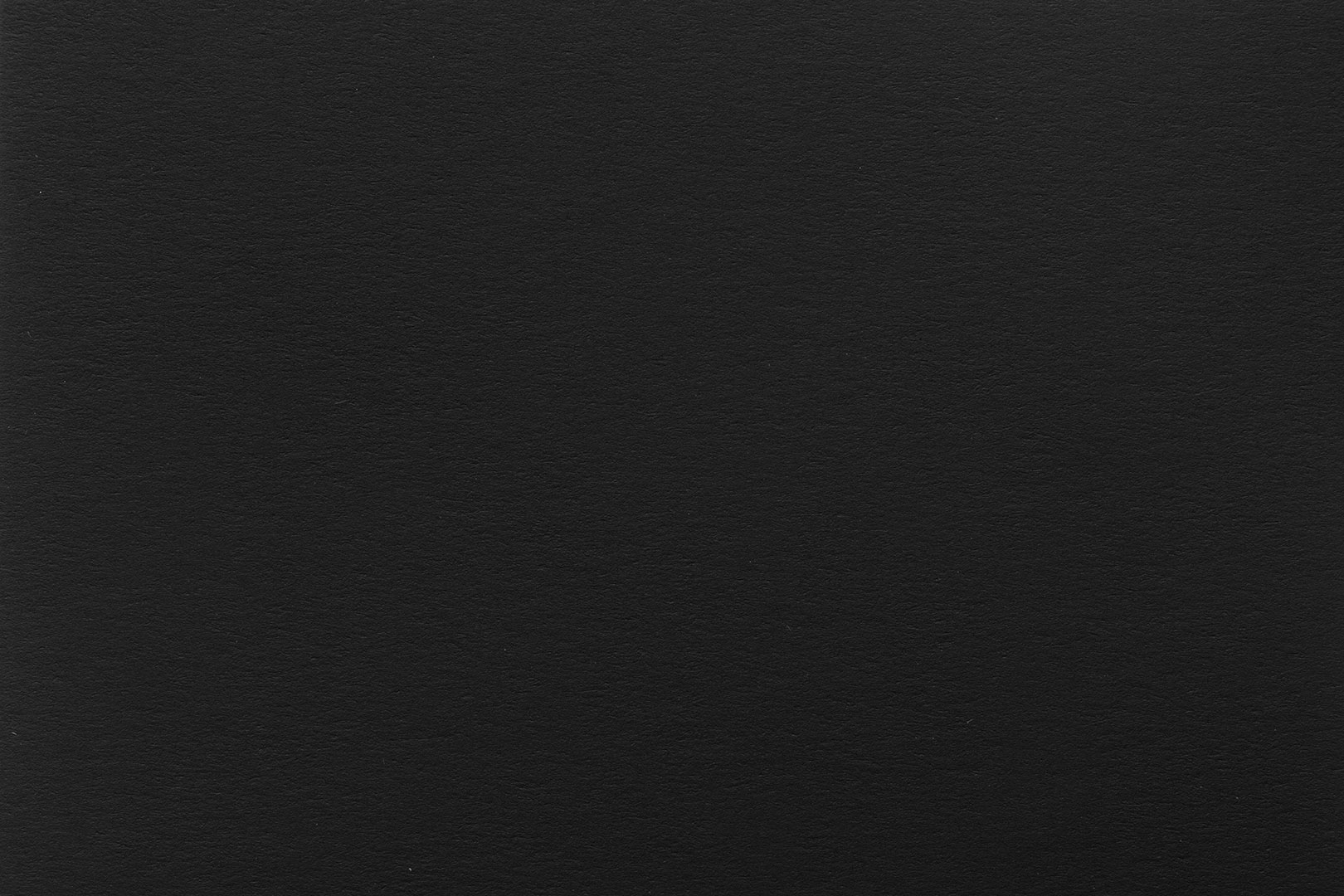
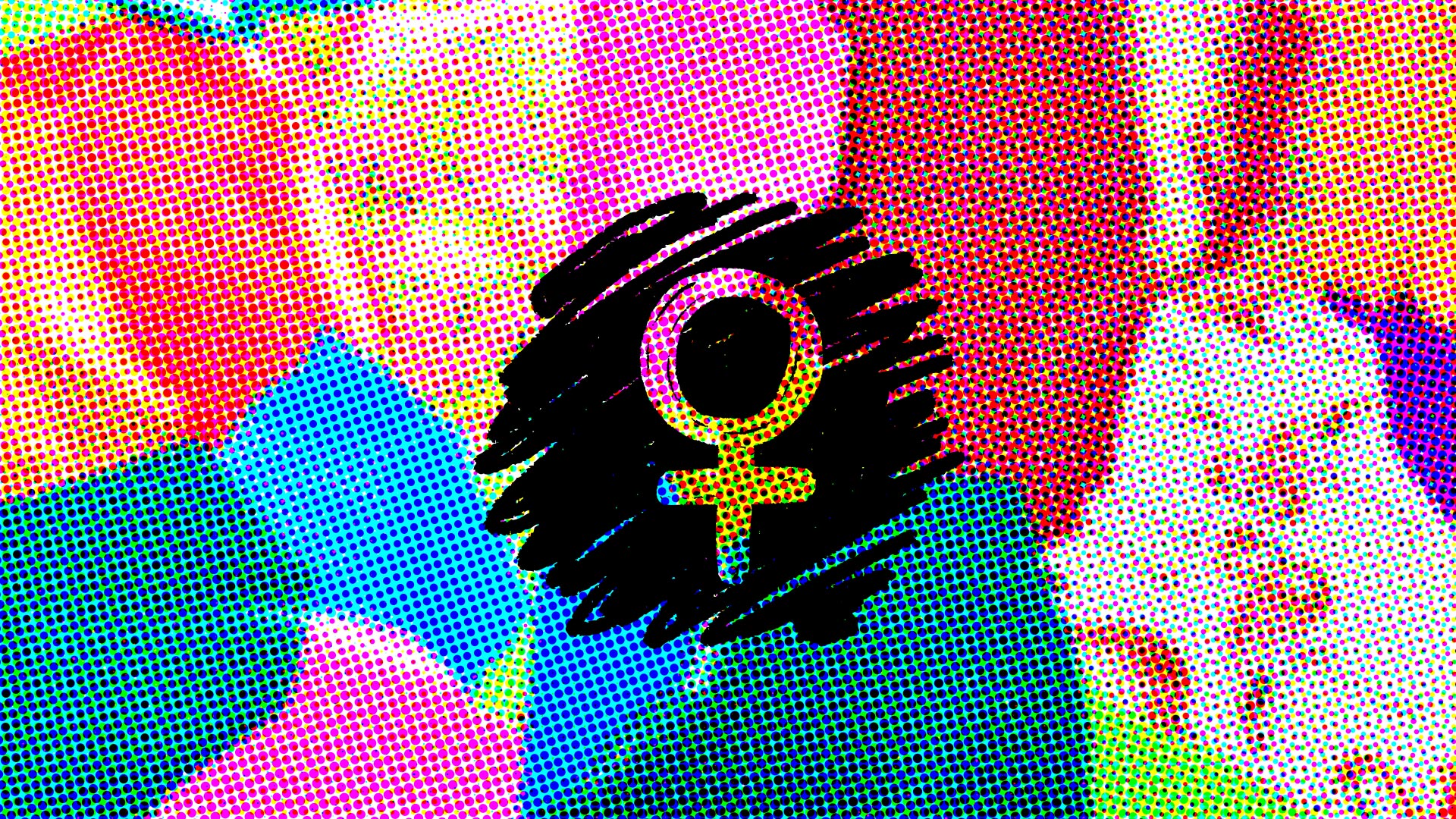
The landscape of media is changing, and women are at the forefront. We chatted with some of our female True Northers to get their thoughts.
According to Nielsen, by 2028, women will own 75% of discretionary spending—and be the world’s greatest influencers. Having female decision-makers working with us isn’t just a diversity checkpoint: it’s a necessity for good, honest work. At True North, we’re lucky to have the voices of strong women on every team. In honor of Women’s History Month, we spoke to Creative Director Vicky Wetterer, Account Supervisor Carolina Gerlach, Media Planner Sam McClean, and Copywriter Raella Rayside about the landscape of women in advertising today, some of their female media icons, and the changes they’ve seen in and foresee for the industry.

We started out discussing the highs and lows of working in the industry. Across the board, our teammates agreed the best part of working in media is—well—working with other women in media. Carolina said, “Women have a thoughtful approach to the work. Collaborating with them has inspired and fueled my continuation in this career.”
Sam and Vicky echoed the sentiment, with Sam crediting her motivation to work harder to the open-minded and creative women she’s learned from throughout her career. For Vicky, women taught her about “taking creative direction, never getting discouraged, and how to push your ideas through.” And for Raella, the women she’s encountered in her career “have a certain level of drive that’s incredible. Every woman I’ve encountered in media wants the absolute best and doesn’t settle, probably because she’s had at least one idea shot down just for being a woman.”
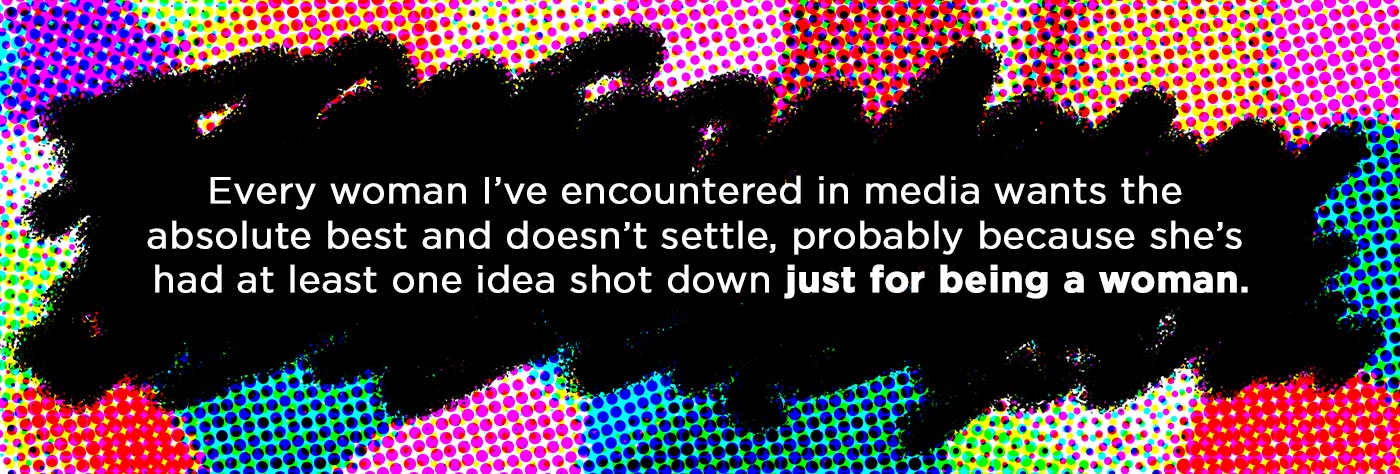
We touched more on the drive that women in media have in common when discussing titans that the team admires, whether fictional or real. Though Peggy Olson of Mad Men, Olivia Pope from Scandal, Angela Bower of Who’s the Boss? and Alice Pieszecki of The L Word all came up in conversation, each woman could point to at least one woman they encountered or learned about during their career that inspired them to push forward.
For Raella, it was hard to narrow the list of her colleagues down, but one of her well-known inspirations is Elaine Welteroth, the second-youngest editor-in-chief at Teen Vogue and Condé Nast’s second-ever person of African American descent to hold the title. Sam celebrated Sami Unrau, who works as the global director of social media at Nike and uses her LinkedIn platform to speak on behalf of (primarily) working mothers. Carolina pointed to Mary Wells Lawrence, the founding president of an ad agency and the first female CEO of a company listed on the New York Stock Exchange.
Vicky’s list of inspirations includes her colleagues at her first-ever agency: “The first agency I worked for out of school was a small PR marketing firm founded by a woman and run by women, representing beauty, health, and wellness brands such as Neutrogena, Johnson’s Baby, Aveeno, and Smashbox Cosmetics.”
Of course, working as a woman in advertising doesn’t come without its challenges—and one of those main challenges is stereotypes abound.
“My least favorite thing about being a woman in advertising (and probably more so the corporate world as a whole) is the stereotype that women are bossy/aggressive,” Sam commented. For her, the double standard of men being viewed as decisive or strategic adds insult to injury.
For Raella, it’s “sitting in meetings and feeling like you’re representing every woman, or every Black woman, in [my] case.” Not all women are the same, but oftentimes it can feel like advertisers think one woman in a meeting is enough.
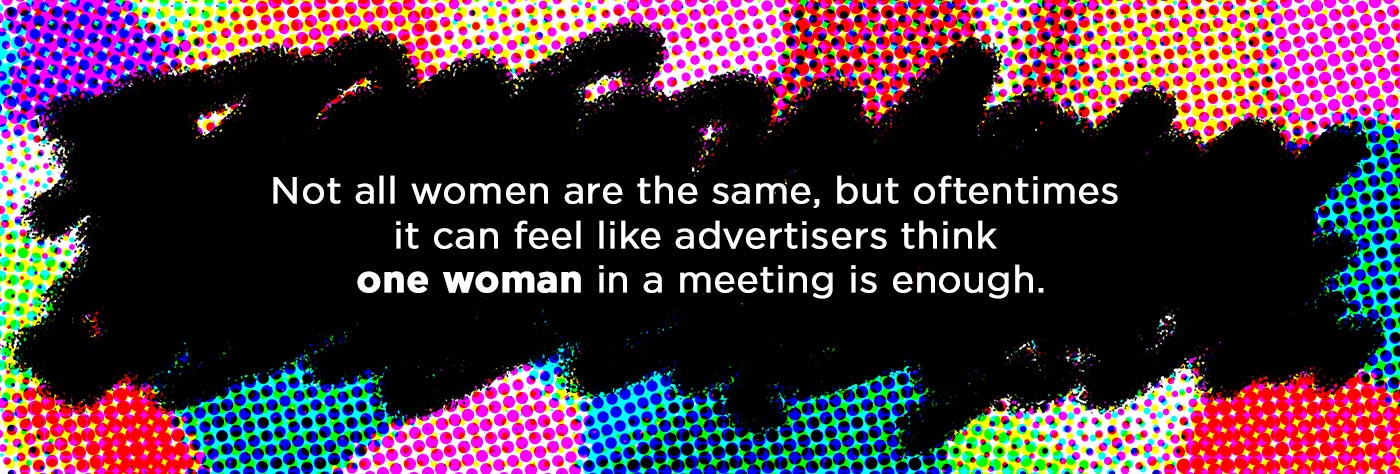
Carolina’s stereotype pet peeve? “Seeing how much advertising can flatten women to 2D characters—such as a housewife with no other interests or power—or not take them seriously as consumers. We are decision-makers and deserve to be treated as such and not talked down to, dehumanized, or objectified.” Vicky’s chief complaint was similar: “Even with the movement of body acceptance and inclusivity, there will always be ads for products and trends that remind us that we’re not enough and we could be better.”
While those challenges exist, it’s impossible to deny the growth they’ve seen in the past few years. “There’s been a huge shift of power in advertising with women-owned businesses and brands who now have more control on how their product or brand is portrayed in media and how it’s messaged to women (especially young women) since advertising can be a powerful socializing agent,” Vicky noted. When we asked her about some of her favorite female-led brands or ad campaigns, she cited ThirdLove and Madison Reed as two standouts for their digital ad campaigns and strong social media presence. She also called out campaigns from Always and Dove as some of her favorites marketed towards women, as did Sam and Raella. Carolina’s brand of choice was Topicals: a brand cofounded by two women of color to help with chronic skin conditions. “The brand has really carved its own space within the crowded beauty community with its focus on science-backed and clinically tested treatments for these skin conditions, very inclusive advertising campaign, and its fun Y2K look and feel,” she said.
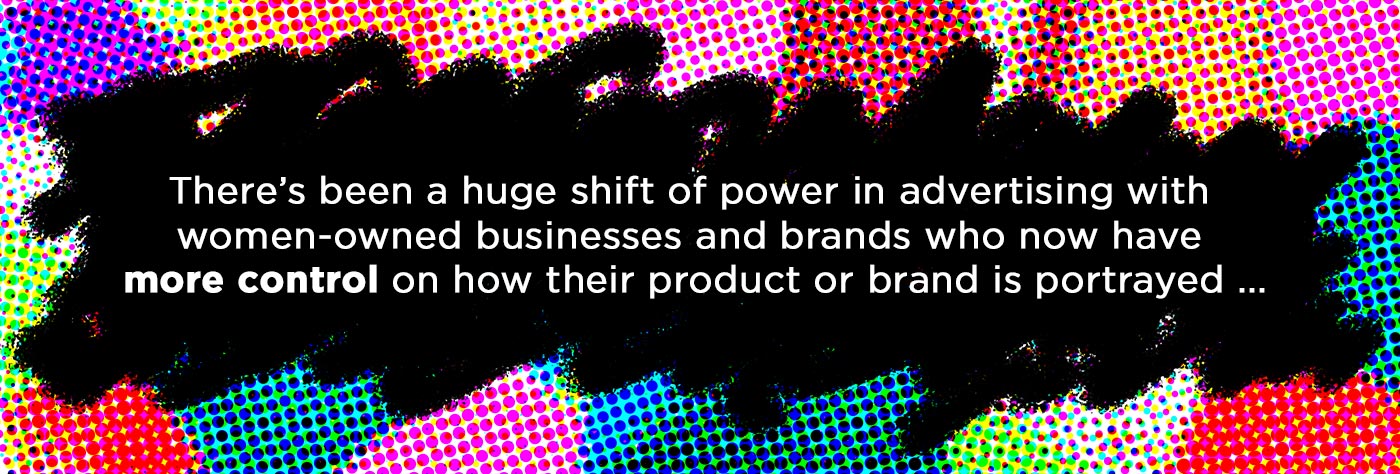
All four women are still enthusiastic about the advertising space and its newer attention to inclusion and representation. “The advertising space has definitely grown to be more inclusive,” said Sam, “which makes it less of a challenge to question historically based male POVs when it comes to strategizing campaign goals.”
Raella’s excited about continuing to push the envelope even more. “I want to get to a point where we’re not even surprised by women CEOs and editors-in-chief. I’m ready for the inclusivity that advertising companies are so keen to portray to be reflected even more broadly in C-suites.”
Of course, what’s the only way forward for us and for any company? Incremental change. Carolina said it best: “These changes may seem small, but advertising reflects how we see the world, and I am all for making the world feel more inclusive to all.”
